-
We Didn’t by Stuart Dybek Short Story Analysis
“We Didn’t” is a short story by American writer Stuart Dybek, included in The Best American Short Stories 1994. A man addresses his first love. With the insight that comes from middle-age, the narrator feels sad about the tragicomic incident that that led to their breakup.
-
Story Opening Case Study: The Time Traveller’s Wife
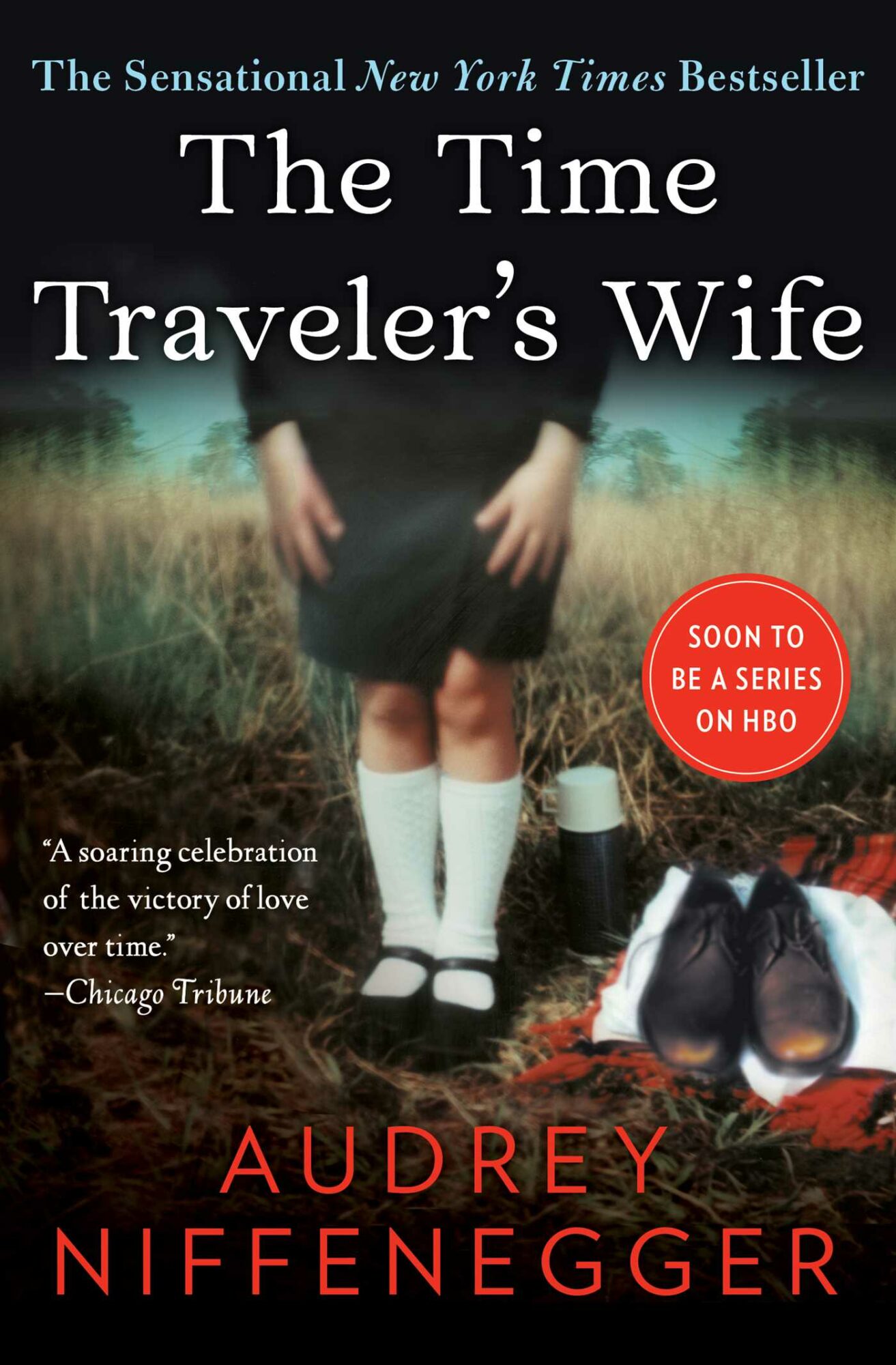
The opening to sci-fi romance epic, The Time Traveller’s Wife, was a massive bestseller upon publication. How do the opening paragraphs draw readers in?
-
Loneliness by Bruno Schulz Short Story Analysis

“Loneliness” is a (very) short story by Polish Jewish writer Bruno Schulz, translated into English by Celina Wieniewska and published in The New Yorker in 1977. Although the story appeared to English audiences in 1977, long after WW2, Bruno Schulz lived from 1892-1942. This story appeared in one of Bruno Schulz’s two short story collections, published 1937.
-
Story Opening Case Study: Never Let Me Go
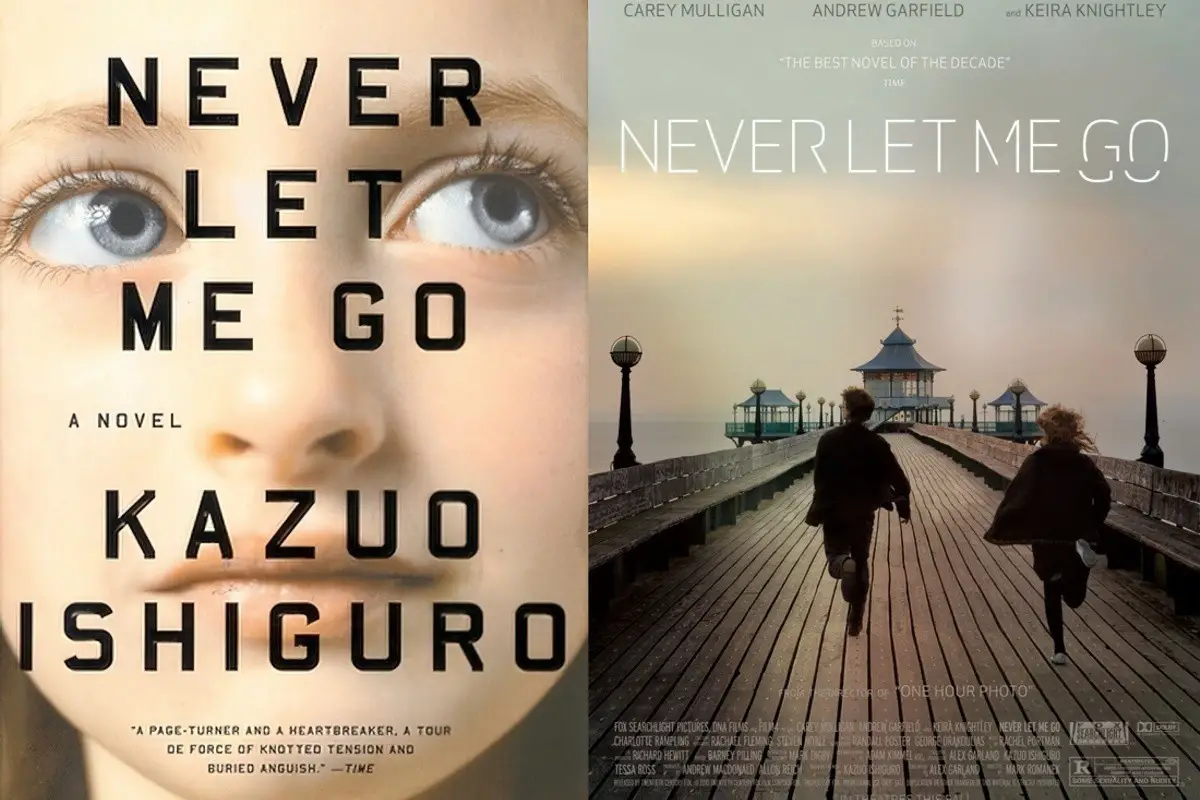
The openings to stories by Kazuo Ishiguro are on the challenging side. Ishiguro writes for readers who persevere with a slow-burn mystery, who appreciate stories with gaps. It can be fun to fill in the gaps.
-
Story Opening: Detransition, Baby by Torrey Peters

Detransition, Baby is a contemporary novel that hooked me right away. How did author Torrey Peters do that? Let’s take a closer look.
-
Carnivalesque Plot Type: Visitors Who Outstay Their Welcome

Something feels different about some stories made for children. Not all of them. Just some. Take The Cat In The Hat or The Tiger Who Came To Tea. It’s not easy to find stories for adults with a similar blueprint. In these children’s stories, a visitor arrives in a child’s house and makes merry mischief. The child has heaps of…
-
How Do You Write Dialogue?
How to write dialogue in fiction? It’s not like dialogue in reality. So how is it different? How do you punctuate it?
-
Stories Which Appeal To The Desire For Self-Sufficiency

World events have an effect on the stories which follow. Take the 9/11 terrorist attack for instance. Commentators have drawn a direct line between that and Mad Men, or rather, the desire for Americans to retreat to a safe 1950s version of America which exists only in modern imaginations. The wish to return to an earlier era even influenced fashion.
-
Climbing Trees in Art and Illustration

Did you climb trees as a kid? I went to the park at the end of the street with my best friend. My friend used a tip from her grandmother: Tree climbing must be done barefoot.
-
Body Language by Diane Schoemperlen Short Story Analysis
Body Language is a short story by Canadian writer Diane Schoemperlen. You can find it collected in The Best American Short Stories 1998. The story comes ‘illustrated’ with anatomical drawings: of the head and larynx, the eyeball and nose cavity, the ribcage, musculature of the arm, a sperm, a brain. This story is an example […]
-
Falling and Diving in Illustration
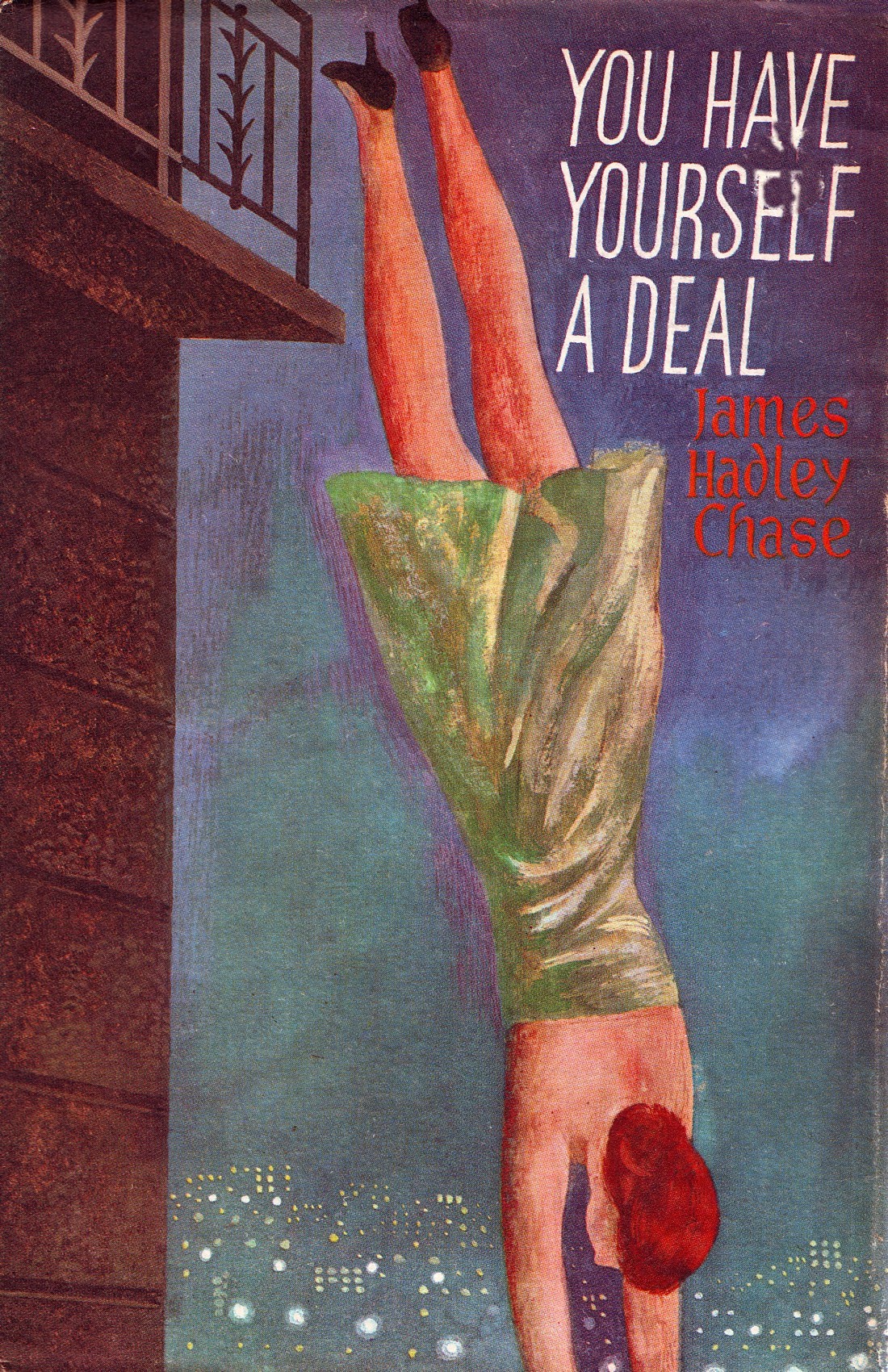
-
Looking Out To Sea
In stories, if a character is looking out to sea they’re frequently experiencing epiphany. In art, too, there’s no shortage of characters gazing out to sea. The guy giving the sermon below clearly understands the epiphanic power of the ocean, especially in combination with the higher altitude of a clifftop.
-
Resources For Teaching The Black Death
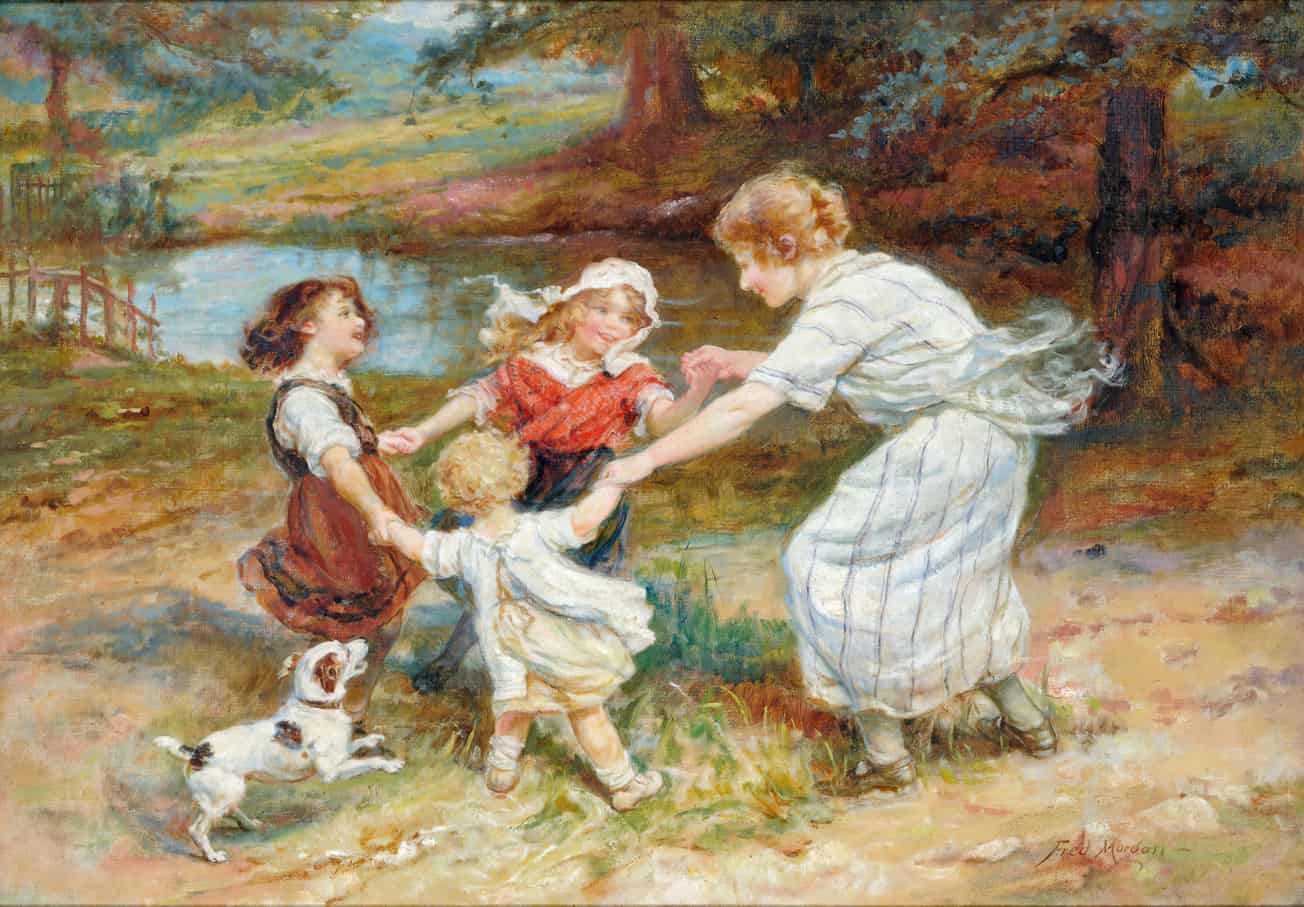
This list includes non-fiction, historical fiction (some based on true stories) as well as podcasts, TV shows and even a song. I’m including resources for all ages in this list. HOOKS Ring a Ring o Roses Nursery Rhyme Ring a Ring o Roses, or Ring Around the Rosie, may be about the 1665 Great Plague […]
-
Women Without A Voice: In Fiction And In Life
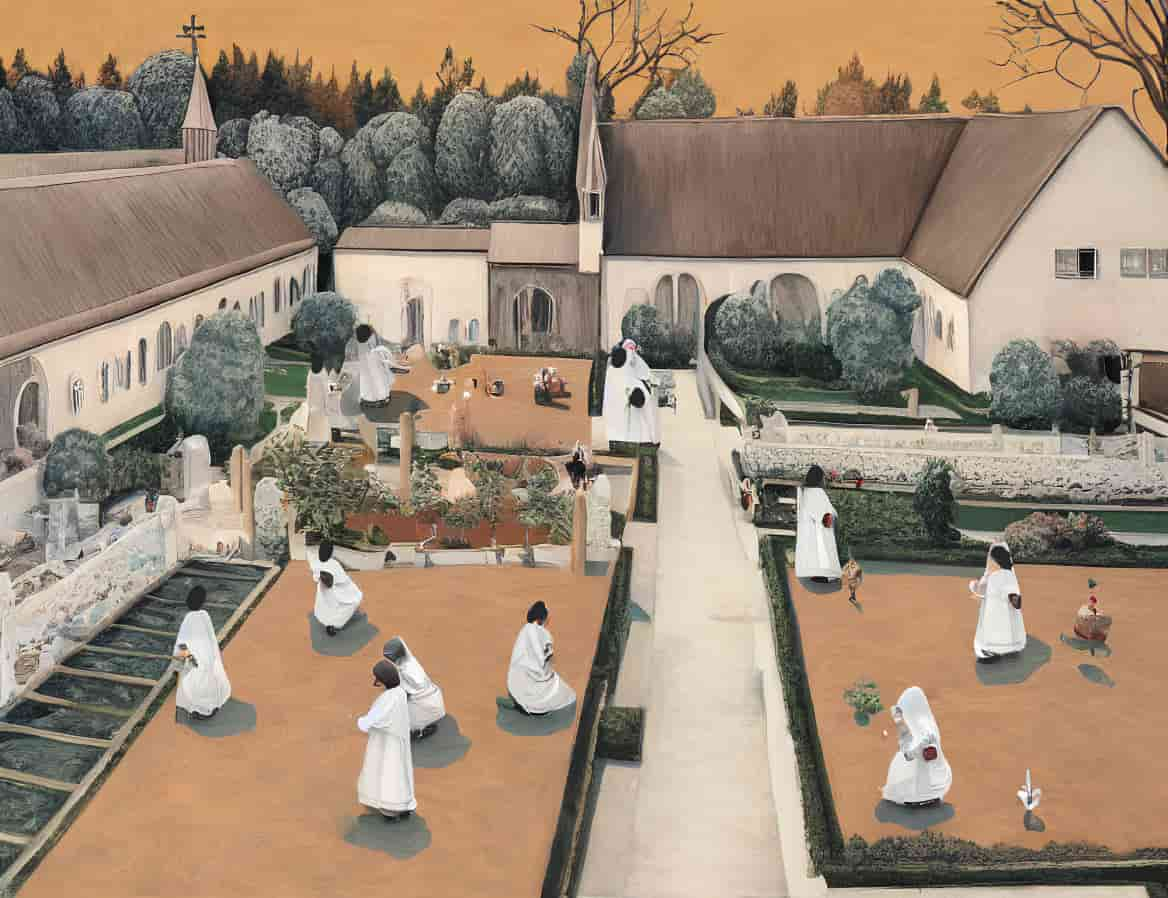
For some characters, self-reliance and a refusal to silence their inner voices strengthen their public voices. For others, art provides a metaphorical expression of voice. Often characters recognise the dialogic nature of voice: their voices exist only in dialogues with other people. … They recover their voices because they recognise the power of language. … […]
-
Tips For Men Writing Women
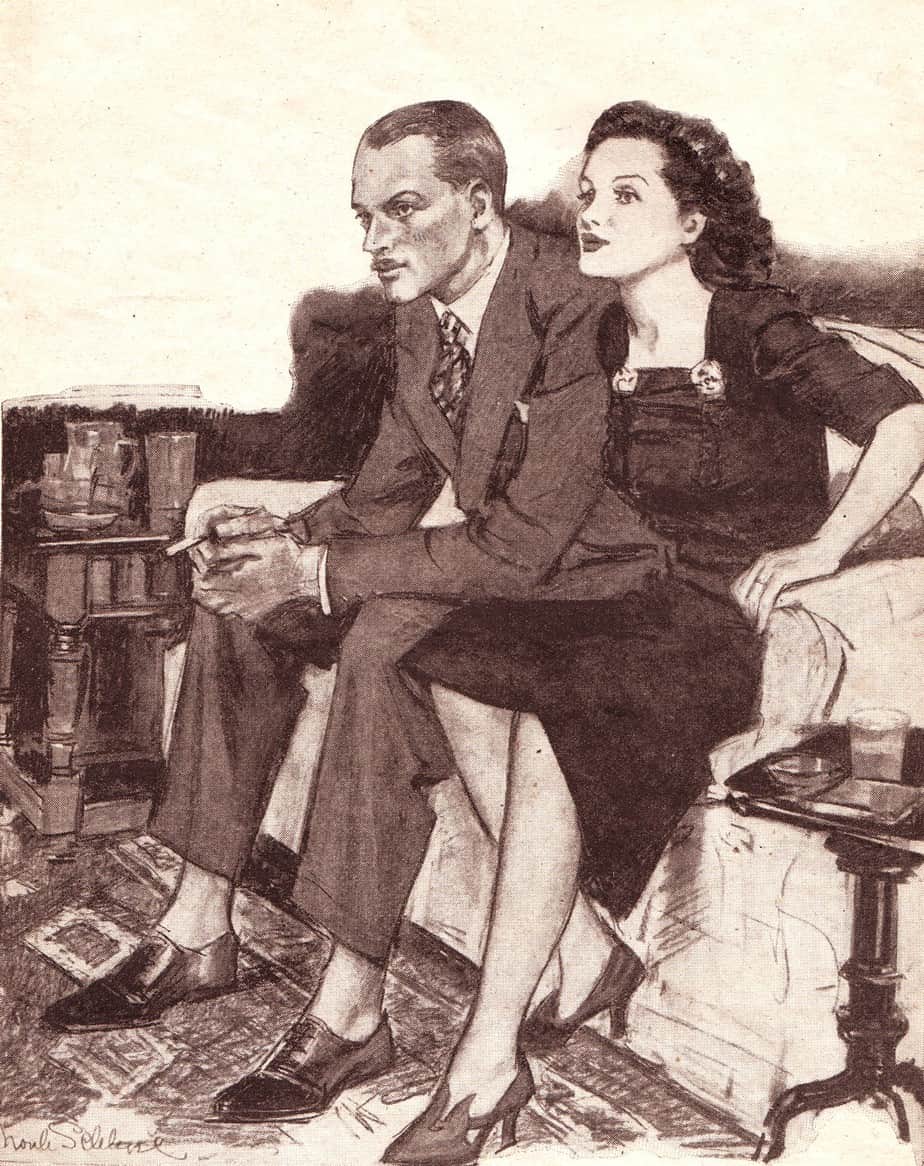
Can men write woman and femme-presenting characters? Men can, do and may. William Trevor did it well. Apart from an excess of crying, Larry McMurtry also did it well. Ian McEwan is also right up there. Content note: This is a gender binarist topic. Non-binary genders exist and continue to be invisibilised the vast majority […]